Tamron 11-20mm F2.8 RXD for Fuji X-mount Review
Dustin Abbott
June 19th, 2023
In 2022 Fuji began to really open up their platform to third party development, and that has opened a floodgate of both new and “ported” lenses from Tamron, Sigma, Samyang, Viltrox, and more. It was that move along with the excellent camera design of the Fujifilm X-H2 (my review here) that triggered my first Fujifilm camera purchase (I had always borrowed Fuji cameras for previous reviews). I had previously reviewed the Tamron 11-20mm F2.8 Di III-A RXD on Sony E-mount in 2021 but I’ve been interested in revisiting the lenses on X-mount for two primary reasons: 1) to see how autofocus performs on a new platform and 2) to see how the lens’ optics survive the very pixel dense 40MP Fuji X-Trans sensor on some of their new cameras. This really pushes the envelope of lens performance, as that high resolution exposes any optical shortcomings in a big way! I won’t be doing an entirely new review, so there will be some redundant parts in this article, but I am going through and updating the content in key areas that are specific to the performance on Fuji X-mount. The Fuji platform is different from the Sony E-mount “lens” that I viewed the Tamron 11-20mm RXD from before, as there are more premium options on Fuji and a higher standard for what features are expected there. Can the Tamron 11-20mm F2.8 Di III-A RXD compete in the Fuji X-mount arena?
Tamron loves its initials in their lens names, so let’s sort out that alphabet soup. Di III is their designation for a mirrorless lens design, and, in this case, the addition of -A at the (Di III-A) refers to their development for APS-C mirrorless. RXD refers to the focus motor, which is similar to the linear motors employed on many of Fuji’s better lenses.
There are few legitimate alternatives to this lens on the Fuji platform, as while there are a number of quality wide angle primes, there are only a couple of wide angle zooms. The first is the premium XF 8-16mm F2.8 (my review here). That lens is large (15mm wider and 35mm longer), heavy (2 1/2 times as heavy as the Tamron), and expensive ($670 more). The focal range does have some overlap, obviously, and the maximum aperture is the same, but there are few similarities outside of that. A more direct competitor is the Fujinon XF 10-24mm F4 OIS, though unfortunately I have not reviewed that lens. The XF 10-24mm is more similar in focal range, size, and price ($999 vs $829 for the Tamron), though it has a maximum aperture of F4 rather than F2.8. That lens does have OIS (optical stabilizer) and an aperture ring along with a larger zoom range, while the Tamron offers the larger maximum aperture, lower price, superior focus system, and (on paper) a superior optical performance, particularly on the telephoto end. Here’s a look at how the raw specs of these three lenses compare:
So is the Tamron 11-20mm RXD a worthy addition to the Fuji platform? You can watch my conclusions in my video review, or just read on to find out…
Follow Me @ YouTube | Patreon | Instagram | Facebook | DA Merchandise | Flickr | 500px
Thanks to Tamron USA for sending me an loaner of the lens. As always, this is a completely independent review. I have used both my personal Fujifilm X-H2 (my review here) and a loaner of the X-S20 for this review.
Tamron 11-20mm RXD Build, Handling, and Features
The Tamron 11-20mm RXD certainly hits a sweet spot for size and weight for a wide angle zoom. It feels reasonably compact on my larger X-H2, but also fits just fine on the much smaller X-S20 without feeling front heavy. It is 2.9″ (D) x 3.4″ (L), or 73 x 86.2 mm. Like most of Tamron’s mirrorless lenses it has a 67mm front filter thread which allows filters to be shared across almost all of Tamron’s other options for the platform (excluding the much larger 150-500mm, obviously!) The weight is only 11.8 oz (335 g), making it the lightest of the wide angle zoom options despite having the large maximum aperture.
There’s no question this is an extremely useful focal range, giving you framing options from very wide (16.5mm full frame equivalent):
to somewhat tighter framing (30mm full frame equivalent):
This will enable you versatility in composing your wide angle scene and covers most of the classic wide angle options. While the depth of field is more equivalent to a full frame F4 lens, the F2.8 aperture will always have the light gathering capability of an F2.8 lens (regardless of whether attached to APS-C or Full Frame), meaning that the 11-20mm RXD has the advantage of being able to have more in focus at larger apertures but all the light gathering potential of an F2.8 lens – which can be a big help in low light conditions.
As has been Tamron’s design philosophy thus far, the design language is clean, modern, and without distractions. That’s the nice way of putting it. The glass half empty approach is to note that there are no features on the outside of the lens. No AF/MF switch, no aperture ring – just the zoom and focus rings. That wasn’t unusual on Sony in the past, but the aperture ring has been a very common design element on Fuji.
The position of the two rings on the 11-20mm is reversed relative to the 17-70mm, which is unfortunate for those who will buy both lenses to use as a kit. The closer (and wider) of the two is the zoom ring. The zoom ring has a rubberized, ribbed texture, is easy to find by touch, and moves smoothly through the zoom range without any sticking points. The inner barrel will extend about 2cm at the 11mm position, and is fully retracted at the 20mm position.
While many would prefer an internally zooming lens, thus far all of these Tamron zooms have been externally zooming, though they must be doing a fairly good job of sealing the lenses, and I’ve heard little anecdotal reports from buyers about getting dust inside of them. The inner barrel extends smoothly and without any wobble.
The second ring (nearer the front of the lens) is the manual focus ring. You will have to select manual focus from within the camera, though this is common on Fuji cameras and is fairly simple if you have a body that has the Focus Mode lever or button on the front. This (like all mirrorless lenses) is focus-by-wire, meaning that focus input on the focus ring is routed through the focus motor to move the elements. Manual focus feel is fairly light and without a lot of tactile feedback. Typical manual focus aids are all available, as Tamron lenses on Fuji function largely like native lenses.
Tamron has included a shallow, petal-shaped lens hood with deep ribs inside that disrupt stray light bouncing around. It’s plastic and lightweight, but the quality of the plastics is apparent by feel. It doesn’t feel as cheap as some hoods that I see. It feels like it could take a few bumps without cracking. Due to the wide-angle nature of the lens, the lens hood is fairly wide, so it doesn’t reverse completely flush along the sides of the lens for storage.
The lens’ housing is a nice grade of engineered plastics with a satin finish. There’s a platinum-colored accept ring right near the lens mount. Nothing fancy on the outside, but the lens “look” is clean and it looks nice mounted on the camera.
As noted, however, the good stuff is inside. There’s a rubber gasket at the lens mount that is the outer evidence of the weather sealing inside, and this is diagram from Tamron shows that there are a total of seven seal points in the lens. This is capped off by a nice fluorine coating on the front element, which not only helps protect it from scratches but also makes it water and fingerprint resistant and thus easier to clean.
Tamron’s recent trends regarding MFD (minimum focus distance) hold true here, as the lens sports two different MFDs for wide (0.15m/5.9″) and telephoto (0.24m/9.4″). Both are pretty close, frankly, with the 11mm position requiring you to be nearly on top of your subject (the length from the sensor to the end of the lens WITHOUT the hood is 12cm, leaving you only 3cm of working room to your subject. If you leave the hood on, that length grows to 14.5cmm, leaving you a few mm of working room. It will be almost impossible to avoid shading your subject with the lens attached, so remove the hood to give you a bit more working room. Even so, I found it almost impossible to properly light my test chart even moving my lights right in, as this is what MFD looks like:
Should you be able to get that close, you get as high as a 0.25x (1:4) magnification figure, which looks like this.
Being able to pull off shots that close in the real world are rarely going to happen, so I consider that 0.25x figure to mostly be marketing. You can still get a reasonable magnification by backing up a bit, though. My preference is just to use the 20mm position or somewhere in between. The telephoto end gives you a better working distance and better results in terms of sharpness, but unfortunately the magnification figure drops to a much more pedestrian 0.13x, though even that figure is better than the Fuji 8-16mm (0.10x) and only slightly lower than the Fuji 10-24mm (0.16x). The magnification at 20mm looks like this:
You’ll note that the 20mm position gives a nicely flat plane of focus, meaning that real world results are nice and crisp:
The telephoto magnification figure is a bit lower, but achieving the result will be much simpler in the field and probably much more satisfying in the process. I find a nice compromise is to shoot somewhere around 16mm, as you can get closer than 20mm, achieve a higher magnification level, but without being right on top of the subject like at 11mm. This shot shows that you can really fill the frame fairly well by using this technique:
As is common with wide angle lenses, Tamron has reduced the number of blades from nine to 7 rounded blades. A lens like this is less about bokeh and more about being able to produce nice sunstars, and the seven bladed aperture produces a cleaner looking sunstar.
Tamron touts the flare resistance of this lens, but I don’t necessarily find that a great strength for the lens, and the shot above shows why.
The Tamron 11-20mm RXD is a simple lens in terms of design and features, but at the same time I’ve had no long term issues with Tamron lenses just like this one. They’ve held up fine and get the job done, though I do miss some of missing features.
Autofocus and Video Performance
The Tamron 11-20mm F2.8 has Tamron’s excellent Rapid eXtra-silent stepping Drive (RXD), and this is the first time I’ve used it on Fuji rather than Tamron. For stills, it is pretty much flawless, with fast, quiet focus on either the X-H2 or X-S20 bodies that I used for the review.
This is a far cry from some of the older Fuji lenses I’ve used, with noisy focus motors that were slow and rough. Quality of focus is more akin to the newest Linear Motor equipped lenses. I had no reservations in focus when taking photos.
Eye Detect works fine (as it does almost universally now), though with a wide angle lens like this you have to be pretty close for the eye to occupy a large enough part of the frame to show active tracking. If you are close enough, however, the “stickiness” of the box on the eye is fairly good and will follow the subject around. I tested with both humans and also a sequence with Nala at a variety of focus distances and angles.
Video focus pulls were less stellar, however. While focus breathing was minimal, there is some visible stepping in the actual pulls; the initial focus move, a split second pause, and then the final adjustment. The results from my “hand test” were a little better, as the focus adjustment was more confident when moving back to the eye.
More subtle focus transitions during video capture were smooth, and I felt the lens did a nice job transitioning from subject to subject. I got a lot of nice clips with the lens.
What I did find was that sometimes shooting with a smaller aperture and a backlit scene resulting in some pulsing in and out of focus. In once sequence I was capturing flares through the leaves and focus went completely out several times due to a lot of light hitting the sensor. Another clip with some pulsing came when I was up on a cliff while hiking and shooting a big landscape scene over a river. Stills focus was fine, but my video clip pulsed in and out some (all points active) as if the camera/lens wasn’t quite sure what to focus on.
In general, however, I felt my focus experience was great (particularly for stills). And, to be fair, the video performance is better than just about everything I’ve seen until this most recent generation of Fujinon lenses, so Tamron’s RXD focus system and the transition to Fuji focus algorithms seems to have largely been successful here.
Tamron 11-20mm F2.8 RXD Image Quality
The 11-20mm RXD sports an optical formula of 12 elements in 10 groups, with 5 of those being exotic elements (molded glass aspherical, hybrid aspherical, and Low Dispersion). Here’s a look at the optical design and MTFs:
If you understand MTF diagrams, you will note that these are very good looking MTFs for a wide angle zoom lens. Tamron does its MTFs wide open, and the surprising thing about the 11mm result is that there is actually a bit of dip in resolution near the mid-frame position with the corner resolving better than the mid-frame area (though contrast is must lower in the corner relative to the mid-frame). The 20mm result shows a more typical slide towards the edge of the frame. On a 24mm Sony sensor I found resolution to be fantastic, but Fuji’s 40MP sensor in my X-H2 is the most demanding sensor I’m currently testing on for any platform. It is is possible to get very nicely detailed images even on the X-H2’s sensor, however…even at F2.8:
Here’s a look at the vignette and distortion at 11mm:
We can see both moderate barrel distortion and vignette. The distortion is fairly linear, so I could get a reasonable result even with a manual correction of the distortion (I used a +9), and vignette was also manageable. I used a +79 and moved the midpoint over to zero for a nicely clean result. It did seem that I saw a bit more vignette on Fuji than I did on Sony, but that could be just a quirk of testing. Tamron seems to enjoy full in-camera correction support on Fuji, so use the standard profile in camera for JPEGs and Video for a cleaner still result. As always, RAW images will require using the correction profile in your editing software to get a nicely clean end result. Here’s a look at the in-camera corrected JPEG image.
As is typical for a lens like this, the distortion pattern flips to a pincushion style distortion at 20mm, though this distortion is even more linear and easier still to correct for. Vignette was also quite a bit lower. I’ve seen a lot of otherwise good lenses derailed by distortion or heavy vignette, but that’s not the case here; this is a very good result. Everything is easily correctable and none of the flaws extreme.
I watched for chromatic aberrations but saw little evidence of them. Longitudinal chromatic aberrations (fringing before or after the plane of focus) are minimal in this difficult shot of white blossoms transitioning out of focus, and the specular highlights (bokeh balls) are clean in the background.
I could see trace amounts of lateral chromatic aberrations on my chart (fringing in dark to light transitions near the edge of the frame) if I magnified to 200%, they were too insignificant to see in real world use, and a one click correction either in camera in (for RAWs) in software will clean those up nicely:
Let’s move on to resolution and contrast. I do my examinations at 200% magnification, as this clearly shows lens strengths and flaws for you to see. First, here’s my test chart:
We will start with F2.8 crops (near 200%) at 11mm from the center, mid-frame, and extreme lower right corner.
The center looks great, the mid-frame good, but the corners aren’t nearly as sharp. That’s the challenge of such a high resolution sensor on APS-C, though it’s not quite so dire in the real world. I compare results at 200% here. Out in the real world at a more typical 100% magnification things look much more reasonable (11mm, F2.8):
The corners improve a little when stopping down, but never to “wow” levels. This real world shot looks good, however, with good detail in the both the center of the frame and the bottom corner.
The lower resolution sensor point of the X-S20 is a little gentler. Here’s a shot that I felt really popped for color, contrast, and clarity at 11mm, F2.8:
I found that the 11-20mm RXD really hit its stride in the center of the zoom range, with more capacity for really crisp detail even in the corners when stopped down…even on the X-H2.
This is where I would shoot for optimal sharpness, which is truly excellent anywhere in the frame in a real world shot, whether in the foreground or background.
I’m also impressed with the performance at 20mm, which is nicely even across the frame by F4, though still very good across most of the frame even at F2.8. Midframe performance in particular stands out as excellent.
Close results at 20mm, F2.8 hold up well even on the X-H2:
At landscape apertures the lens delivers beautiful, highly detailed results.
While you don’t turn to wide angle lenses for bokeh, the quality of the blur is reasonably good here. This image at 20mm, F2.8 has a fairly nice transition to defocus.
I also think this image looks fairly good, as did others where the background was defocused.
Flare resistance is a bit of a mixed bag. The lens does well with the sun right out of frame, and sometimes directly in frame, but I found flare resistance better at large apertures than smaller apertures, where some ghosting artifacts can come into frame (see the vertical shot of the crimson maple leaves).
Coma performance is quite, with night sky images looking clean other than a bit of “star-stretching” in the corners.
Overall, however, we’ve got a very good lens optically. It’s a good wide angle zoom range, and can produce a lot of great looking images. If you compare the MTF charts to the older Tamron 10-24mm VC lens, the newer zoom is far superior optically
The Tamron 11-20mm F2.8 RXD will definitely bring an intriguing new option to the Fuji X platform. There’s a lot of good optically, and little major issues. You can check out more photos by visiting the image gallery page here.
Conclusion
The Tamron 11-20mm F2.8 Di III-A RXD is a welcome addition to the Fuji X-mount stable of lenses. It gives shooters a wide aperture, wide angle zoom option without resorting to the much more extreme Fujinon XF 8-16mm F2.8 LM WR lens. The Tamron is a far more practical lens, however, weighing a little over a third as much and costing less than half as much.
The 11-20mm F2.8 RXD has a nice (if plain) build with thorough weather sealing, good autofocus, and strong enough image quality to survive the demanding 40MP sensor of the X-H2. It is compact, lightweight, and handles great. Not a lot to complain about, really.
If you are looking for a reasonably priced, relatively compact wide angle zoom for your Fuji camera, the Tamron 11-20mm F2.8 RXD is a very nice option. It’s not as feature rich as some Fuji lenses, but delivers very strong value relative to competing lenses. A lot of Sony shooters have loved the 11-20mm RXD, and now Fuji X-mount photographers can get in on the action. Great times for the Fuji platform!
Pros:
- Great wide angle zoom range
- Maintains F2.8 aperture
- Relatively compact and lightweight
- Good build with weather sealing
- Fast, quiet, and accurate autofocus
- Shares a 67mm filter thread with other Tamron lenses on Sony
- Exceptional optical performance
- Good coma control
- Strong aberration control
Cons:
- No aperture ring
- Corners at 11mm never got incredibly sharp
- Focus hunted a bit during certain video situations
Gear Used:
Purchase the Tamron 11-20mm F2.8 RXD @ B&H Photo | Adorama | Amazon | Camera Canada | Amazon Canada | Amazon UK | Amazon Germany
Purchase the Fujifilm X-S20 @ B&H Photo | Adorama | Amazon | Camera Canada | Amazon Canada | Amazon UK | Amazon Germany | Ebay
Purchase the Fujifilm X-S10 @ B&H Photo | Amazon | Camera Canada | Amazon Canada | Amazon UK | Amazon Germany | Ebay
Purchase the Fujifilm X-H2 @ B&H Photo | Adorama | Amazon | Camera Canada | Amazon Canada | Amazon UK | Amazon Germany
Purchase the Fujifilm X-T5 @ B&H Photo | Amazon | Camera Canada | Amazon Canada | Amazon UK | Find it Used at KEH
Want to support this channel? Use these affiliate links to shop at: B&H Photo | Amazon | Adorama | Camera Canada | Amazon Canada | Amazon UK | Ebay | Make a donation via Paypal
Buy DA Merchandise https://bit.ly/TWIMerch
Keywords: Tamron 11-20mm F2.8 RXD, withmytamron, X-Mount, X, Fuji, Fujifilm, X-H2, weather sealing, B060, Tamron 11-20 RXD, RXD, F2.8, 11-20mm, Di-IIIa, Sony, E-mount, Tamron 11-20mm Review, Tamron 11-20 review, Review, Hands On, Dustin Abbott, Real World, Comparison, Sharpness, Autofocus, Image Quality, Sample Images, Video, Photography, Astrophotography, #letthelightin, #DA, #weather sealing
DISCLAIMER: This article and description contains affiliate links, which means that if you click on one of the product links, I’ll receive a small commission. As an Amazon Associate I earn from qualifying purchases.











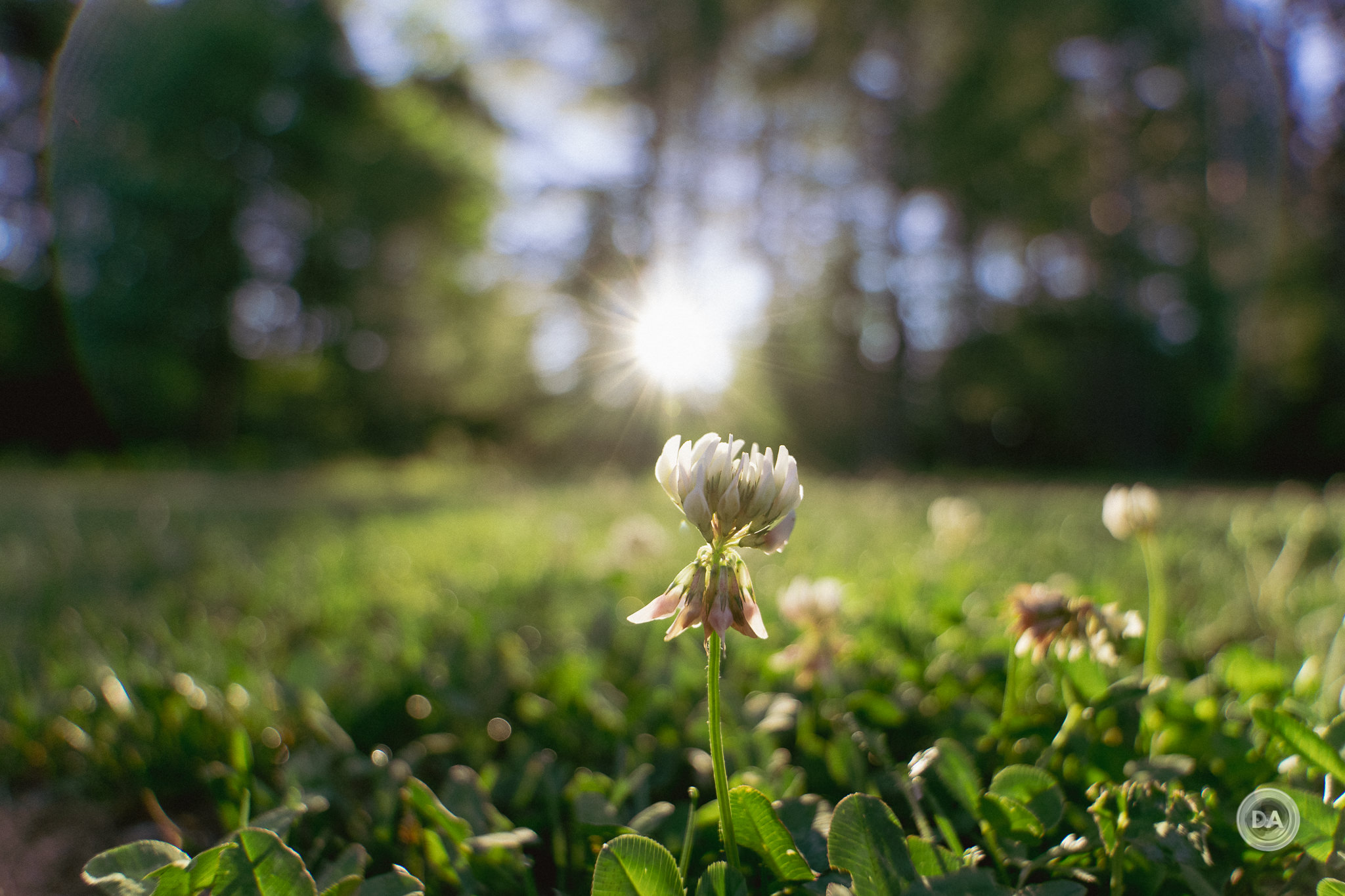

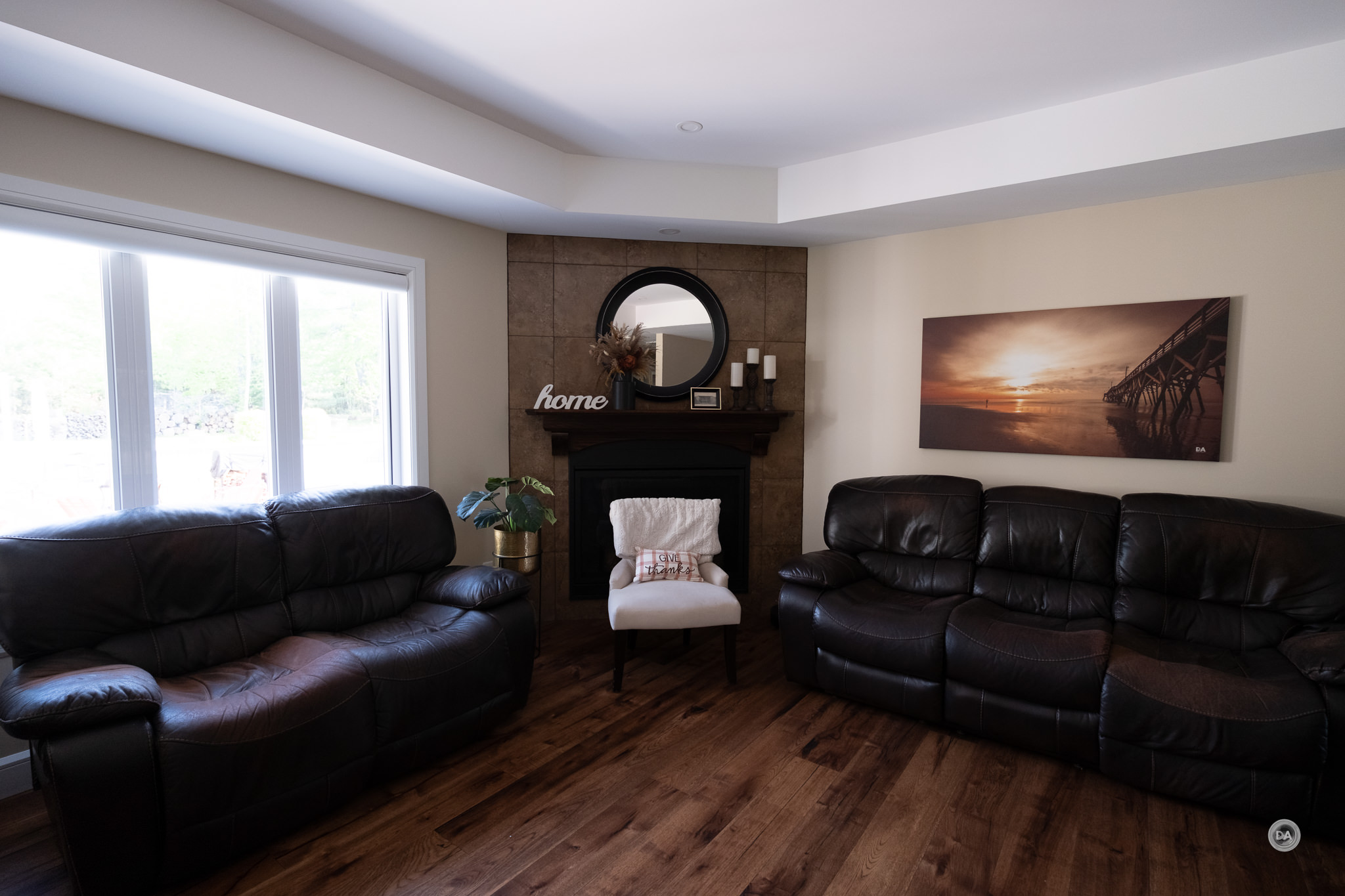
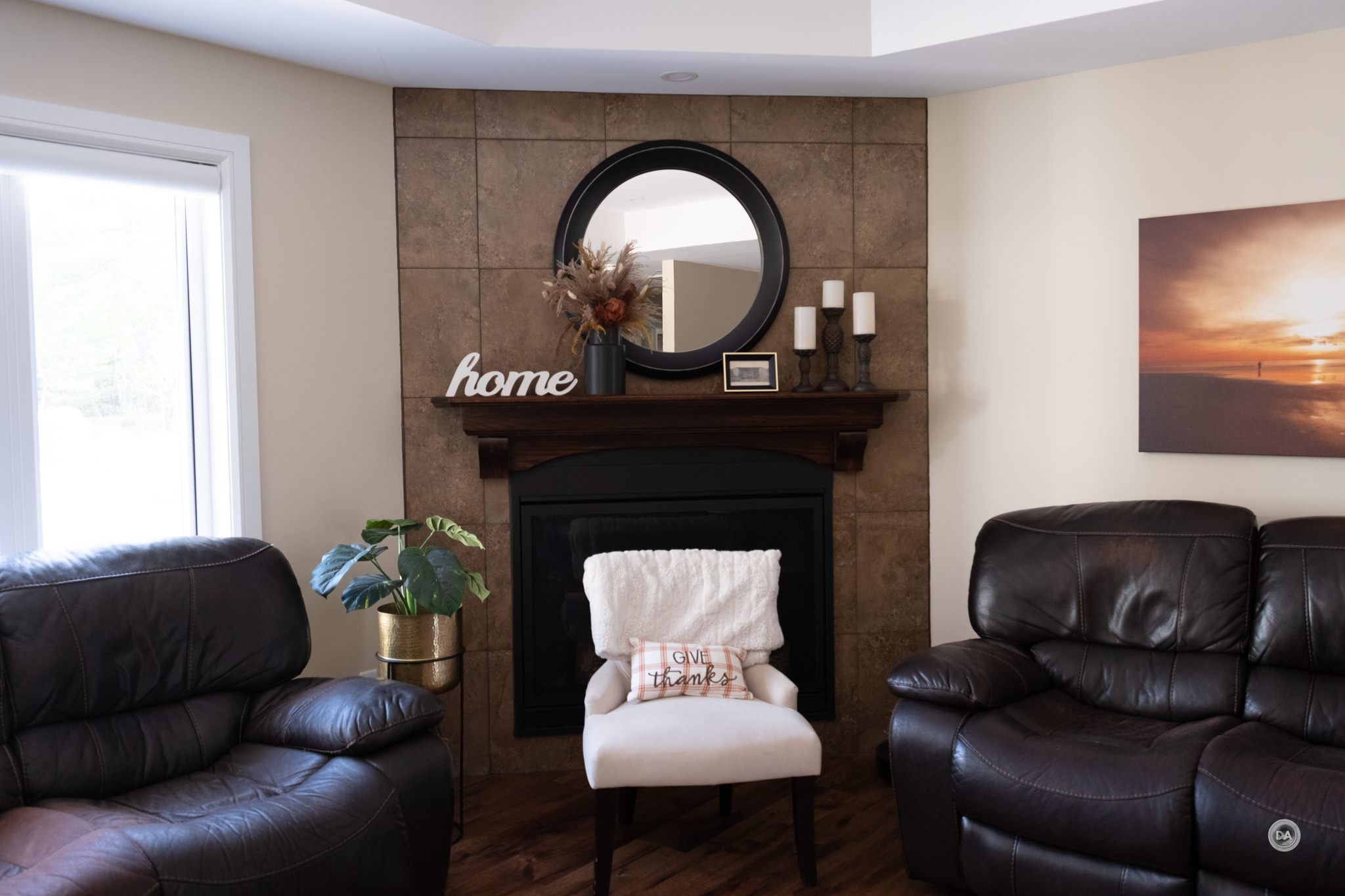
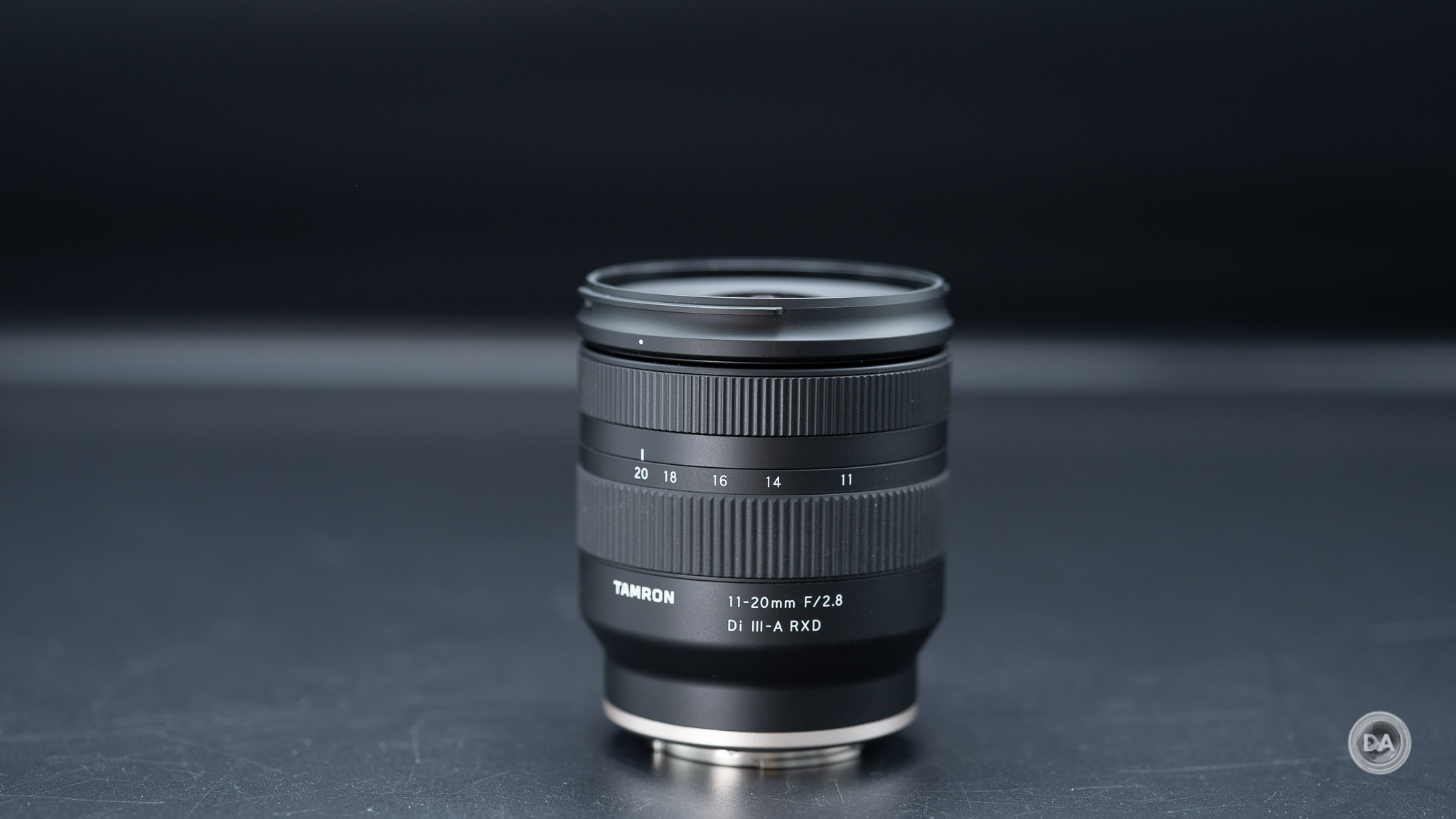


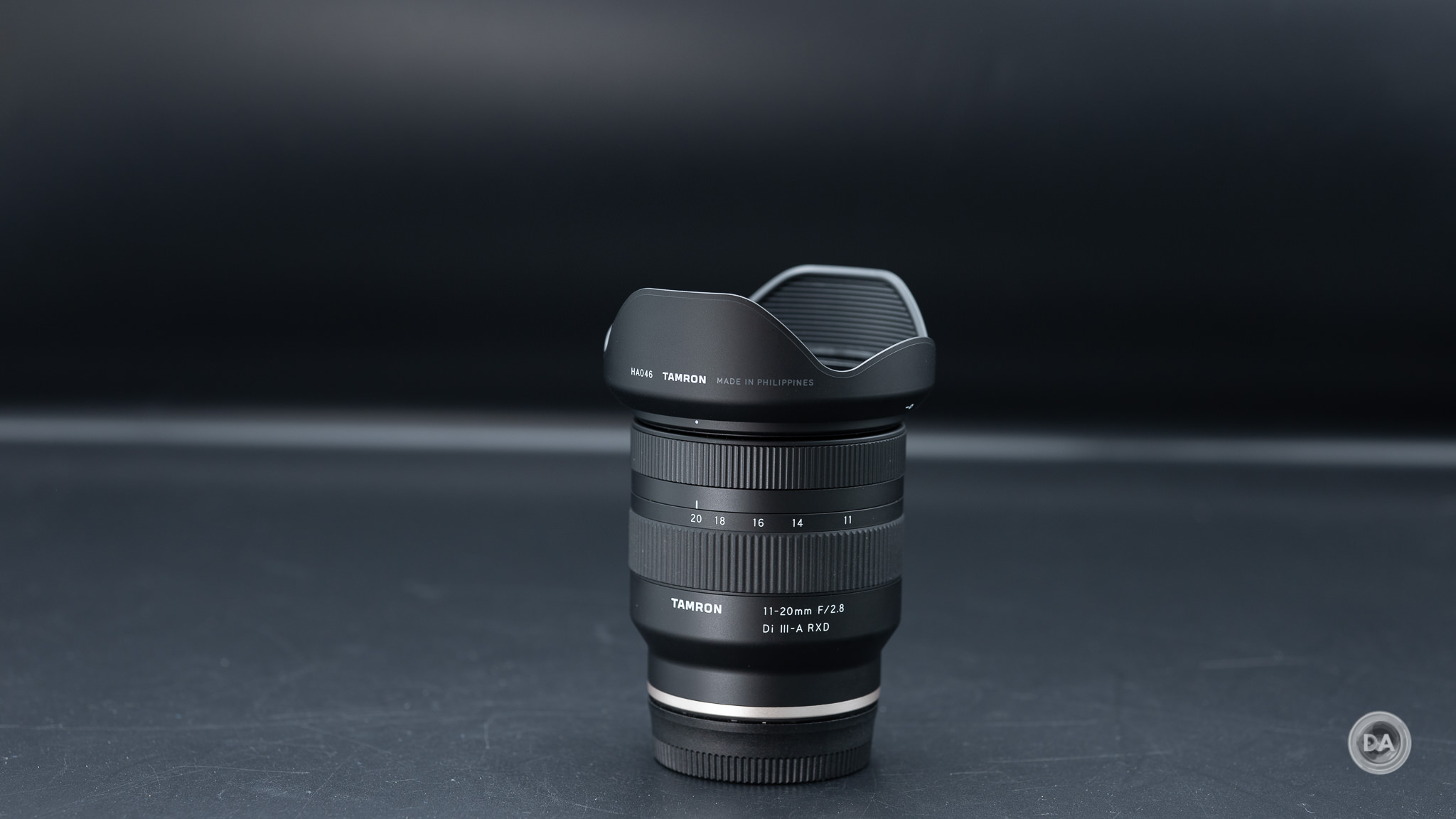

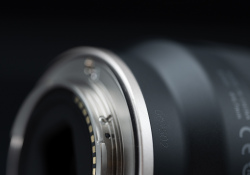
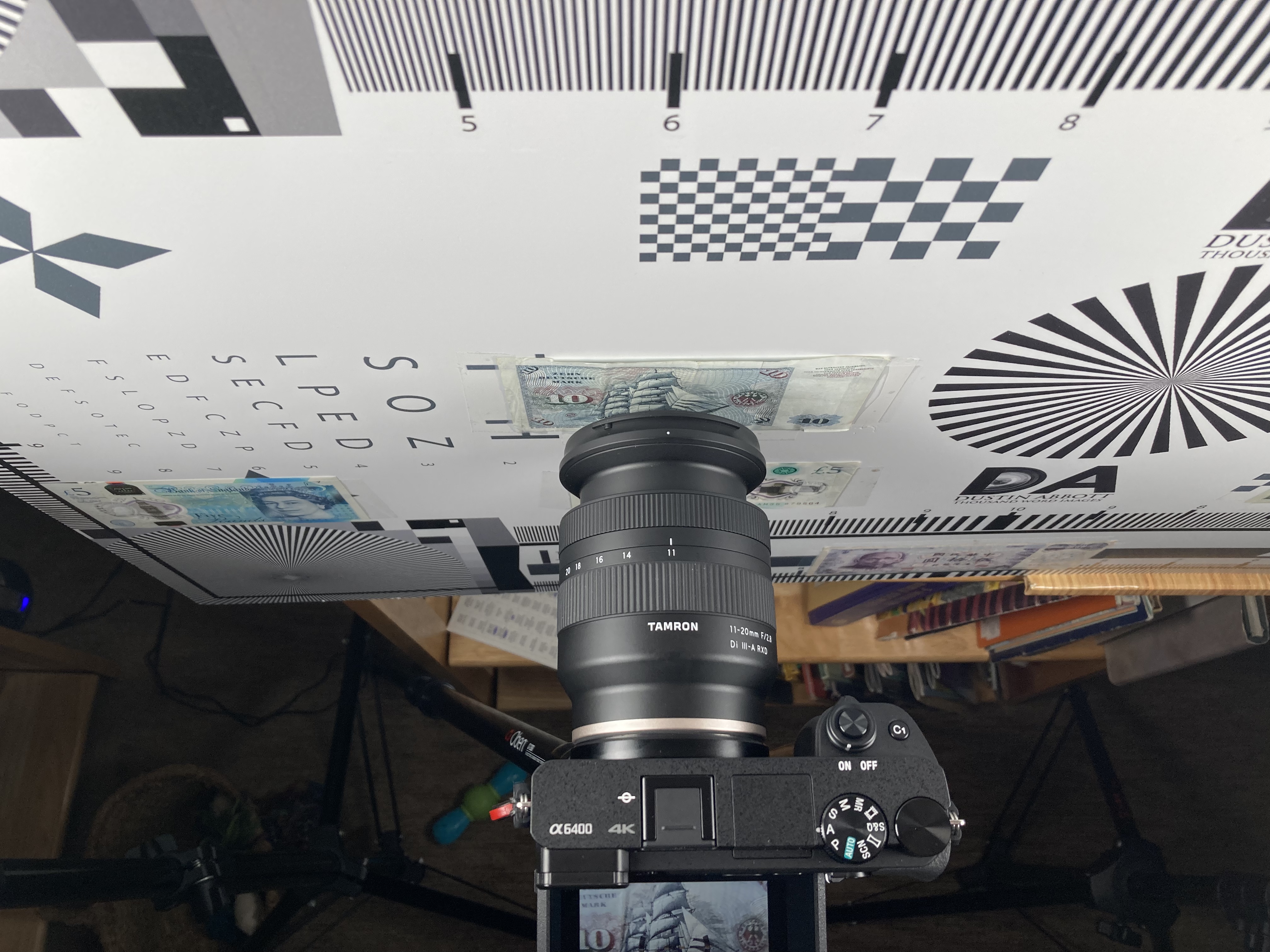


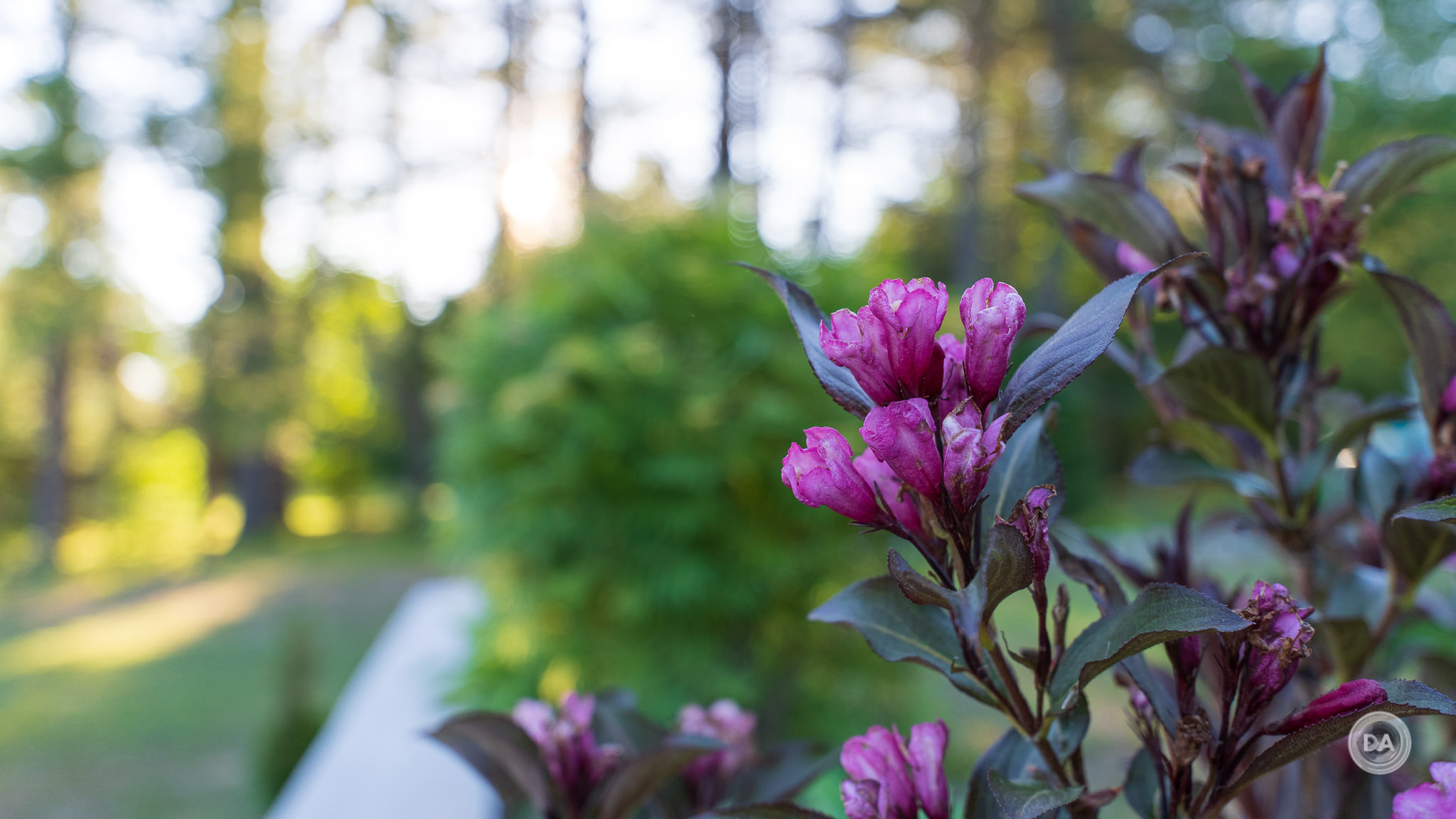

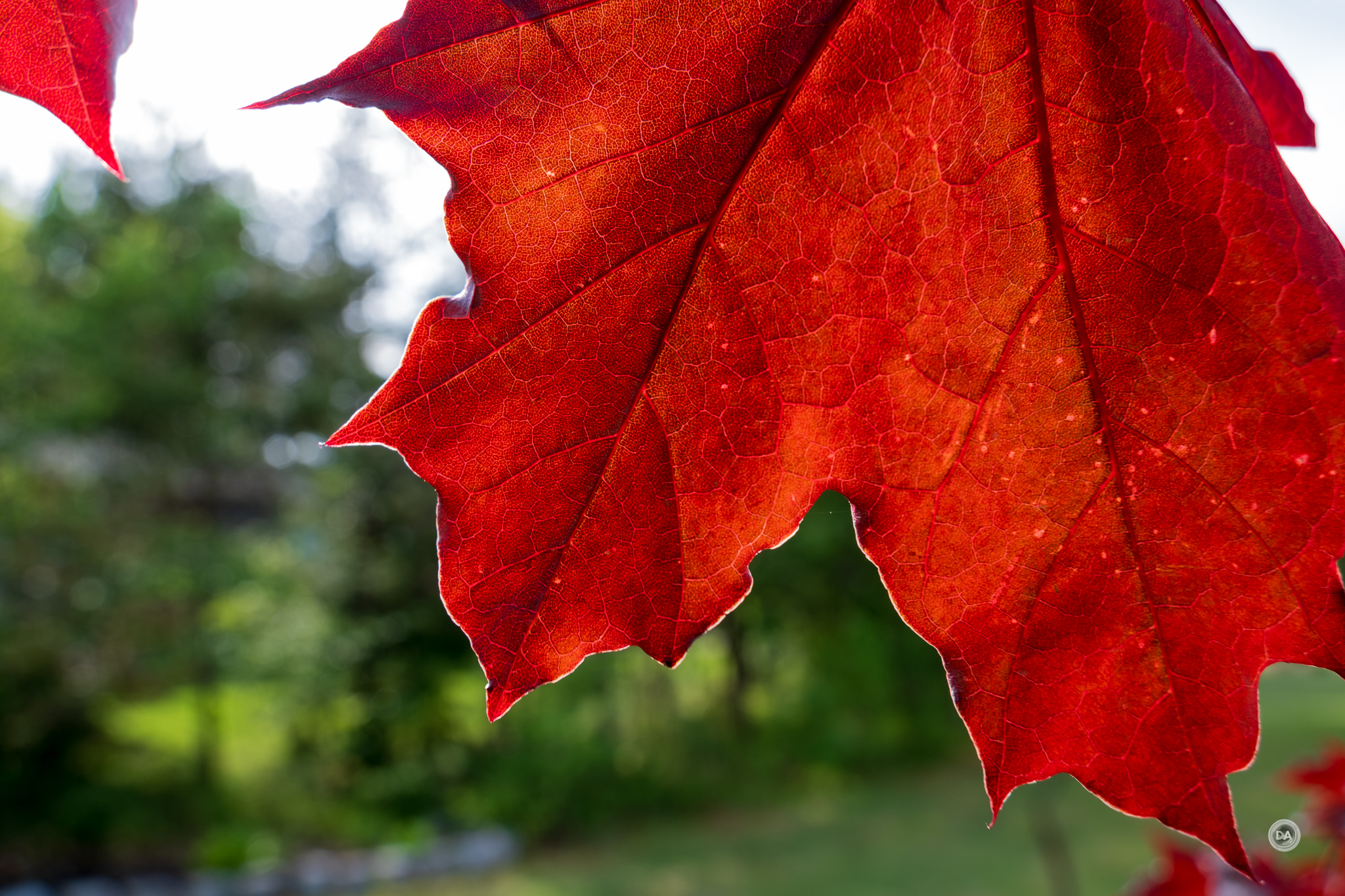







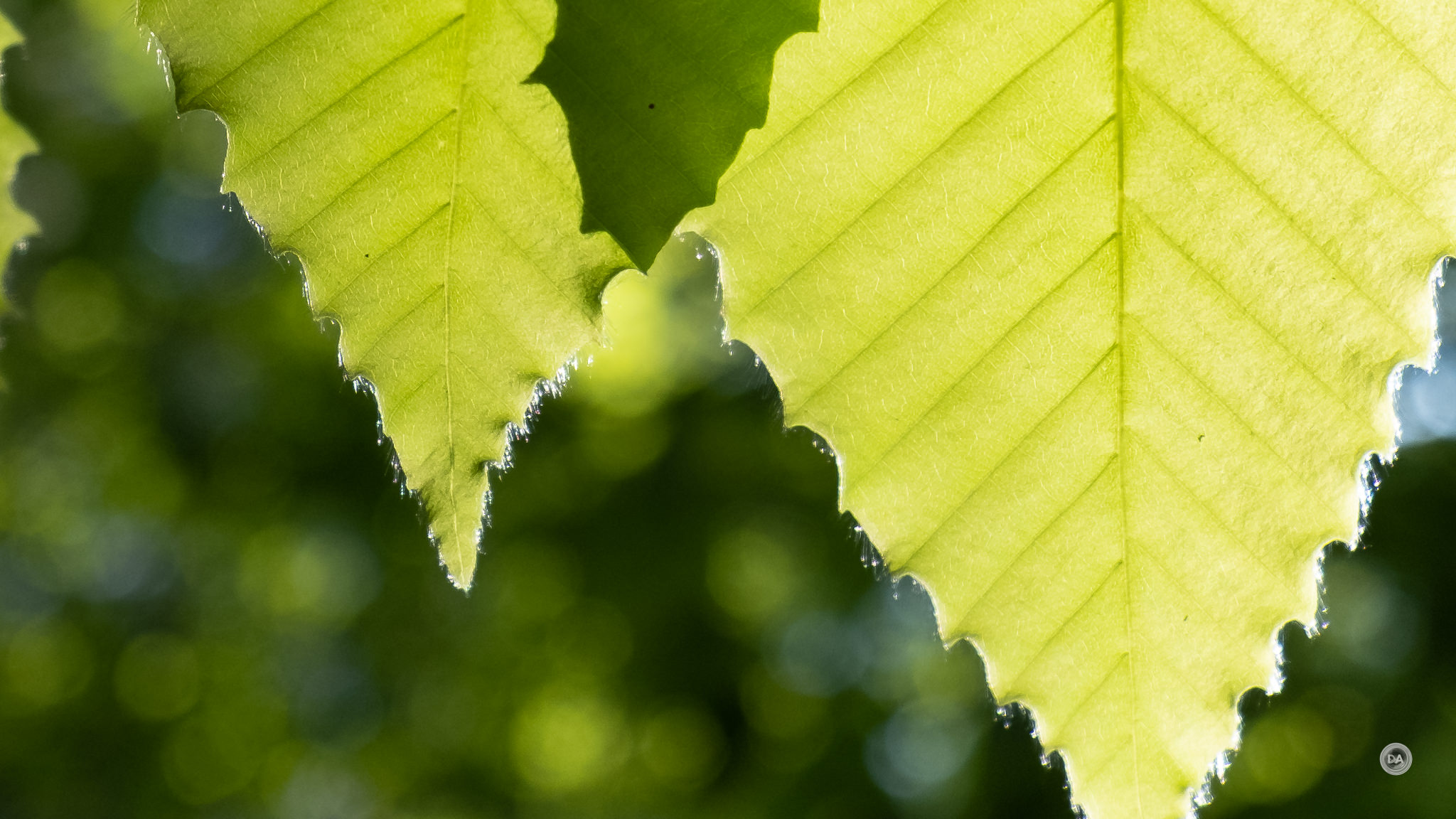

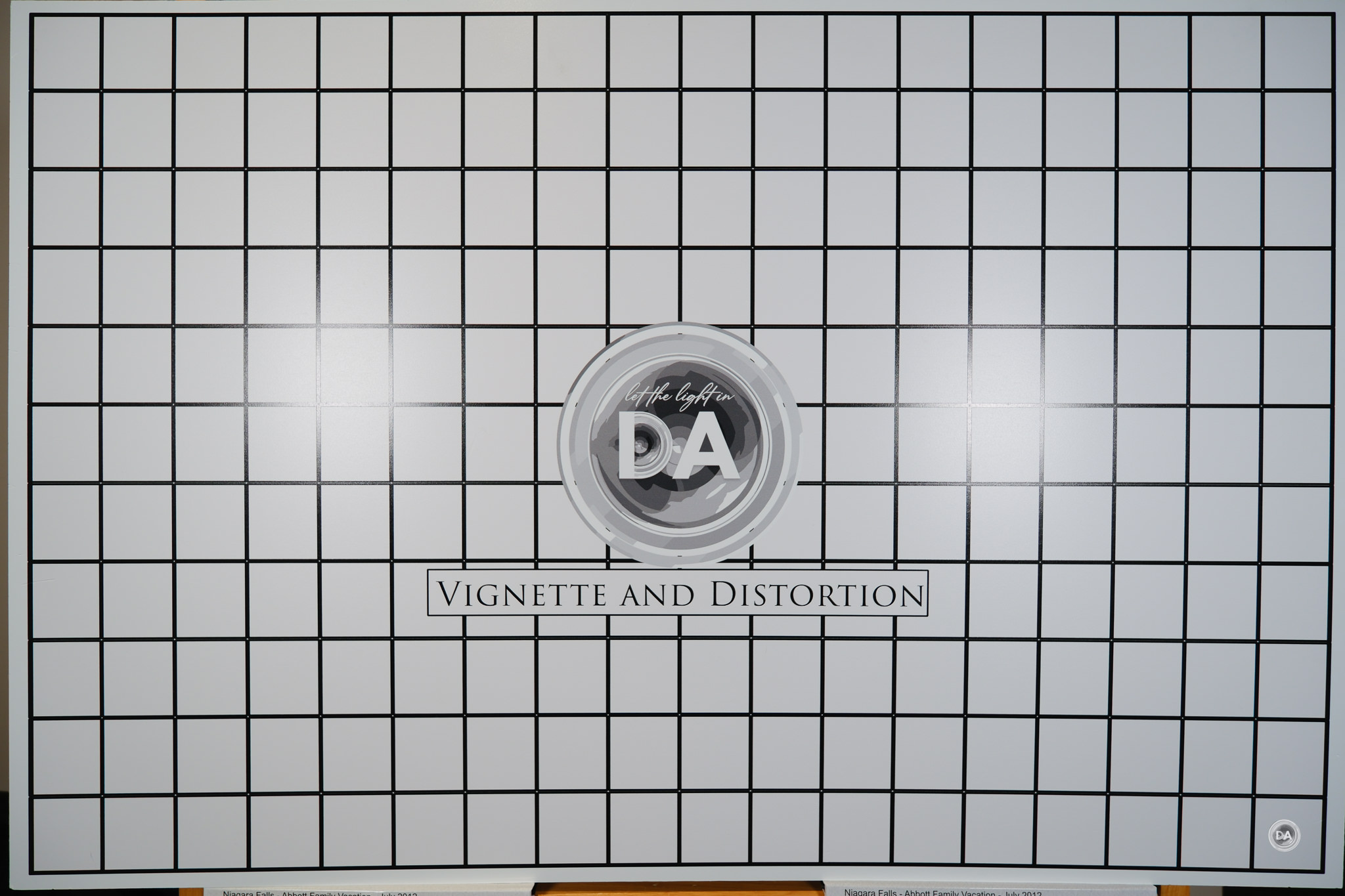


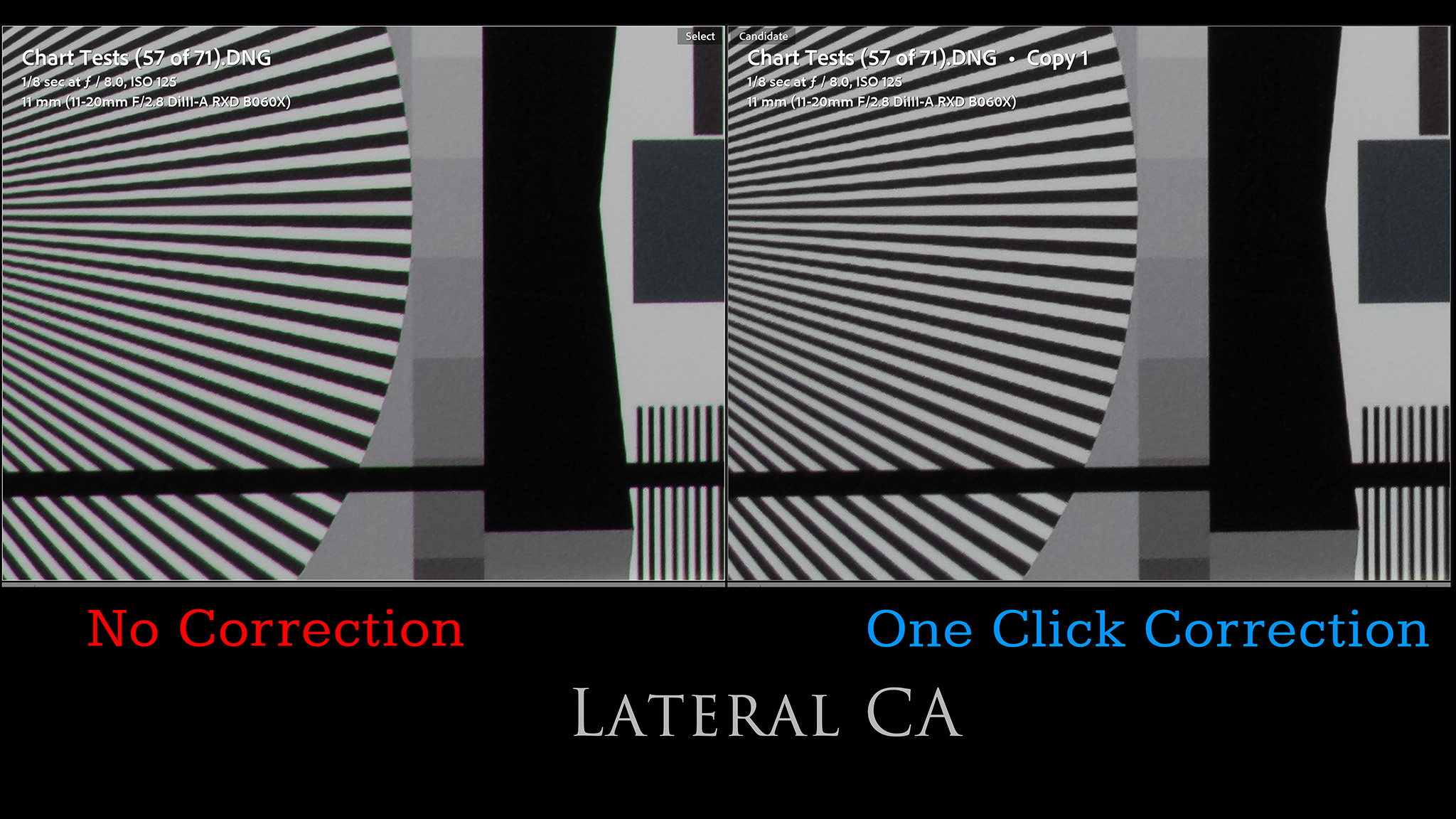












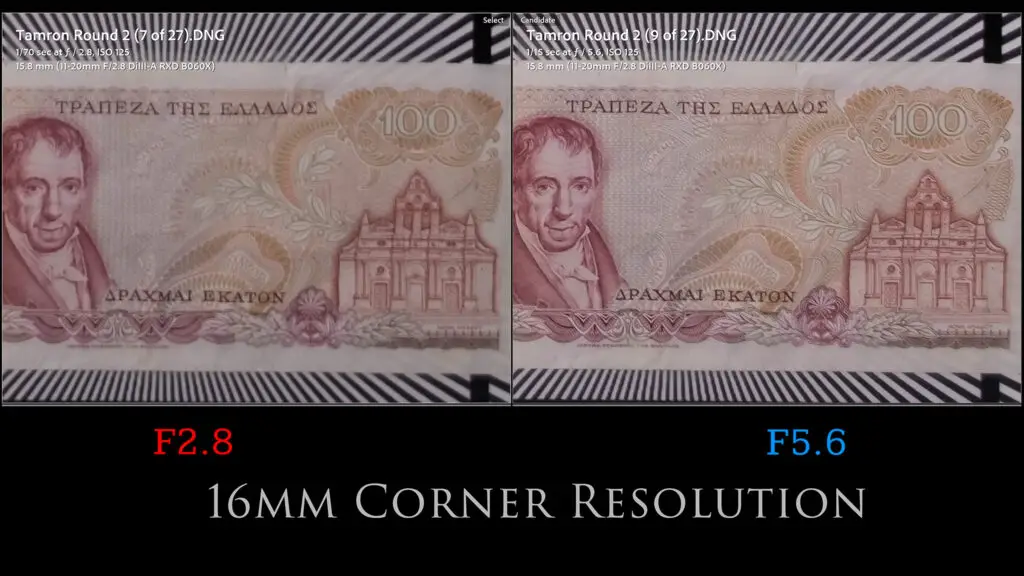





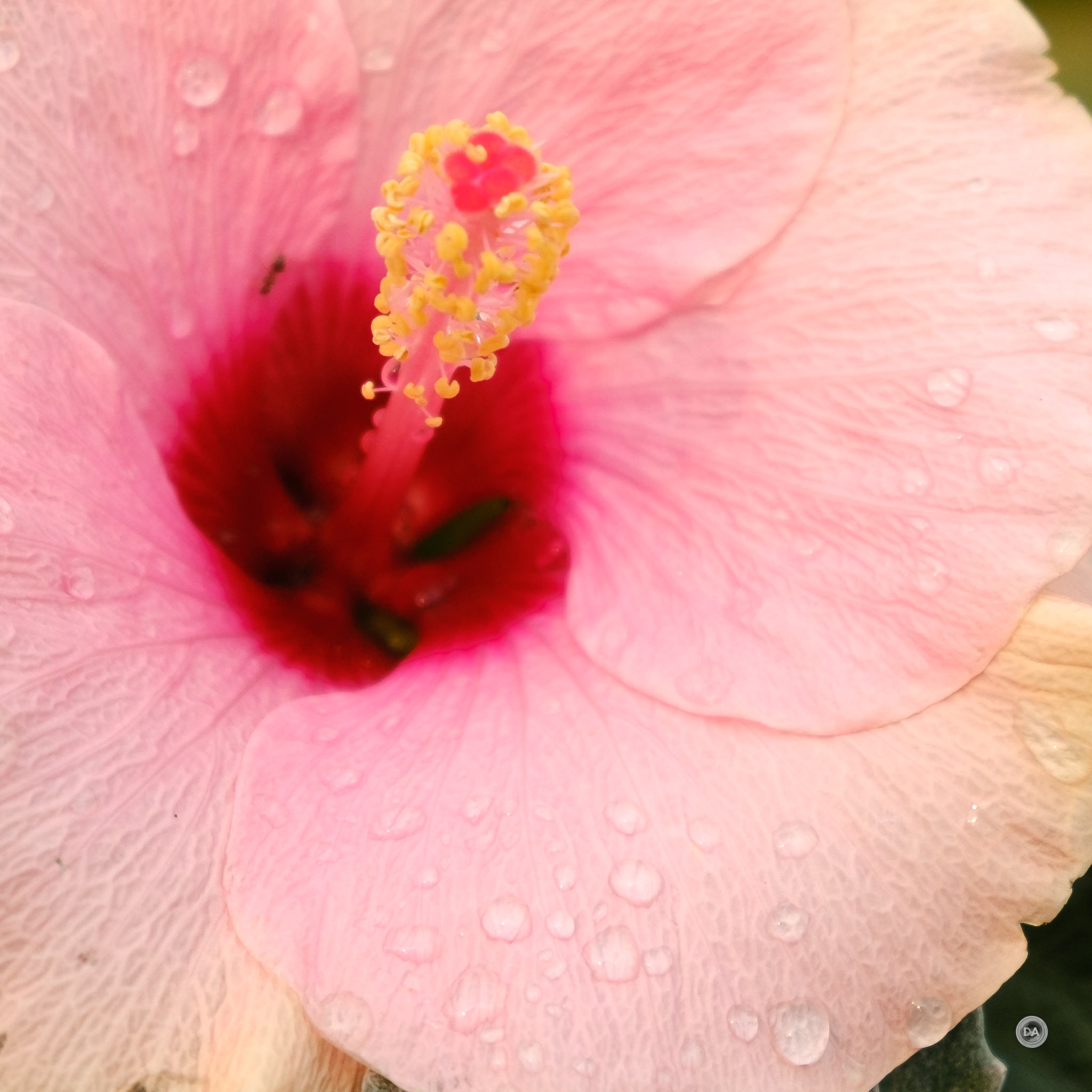












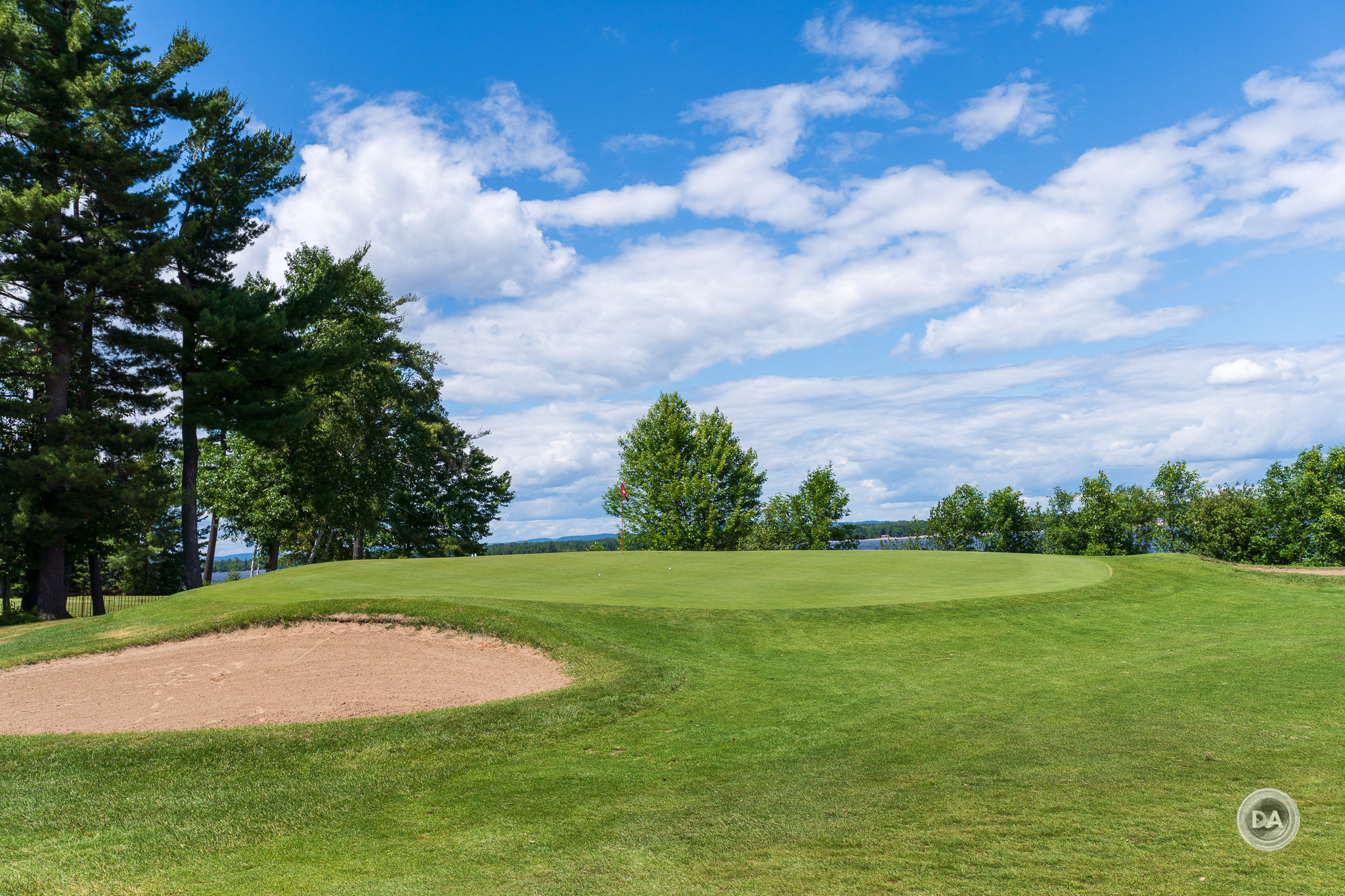

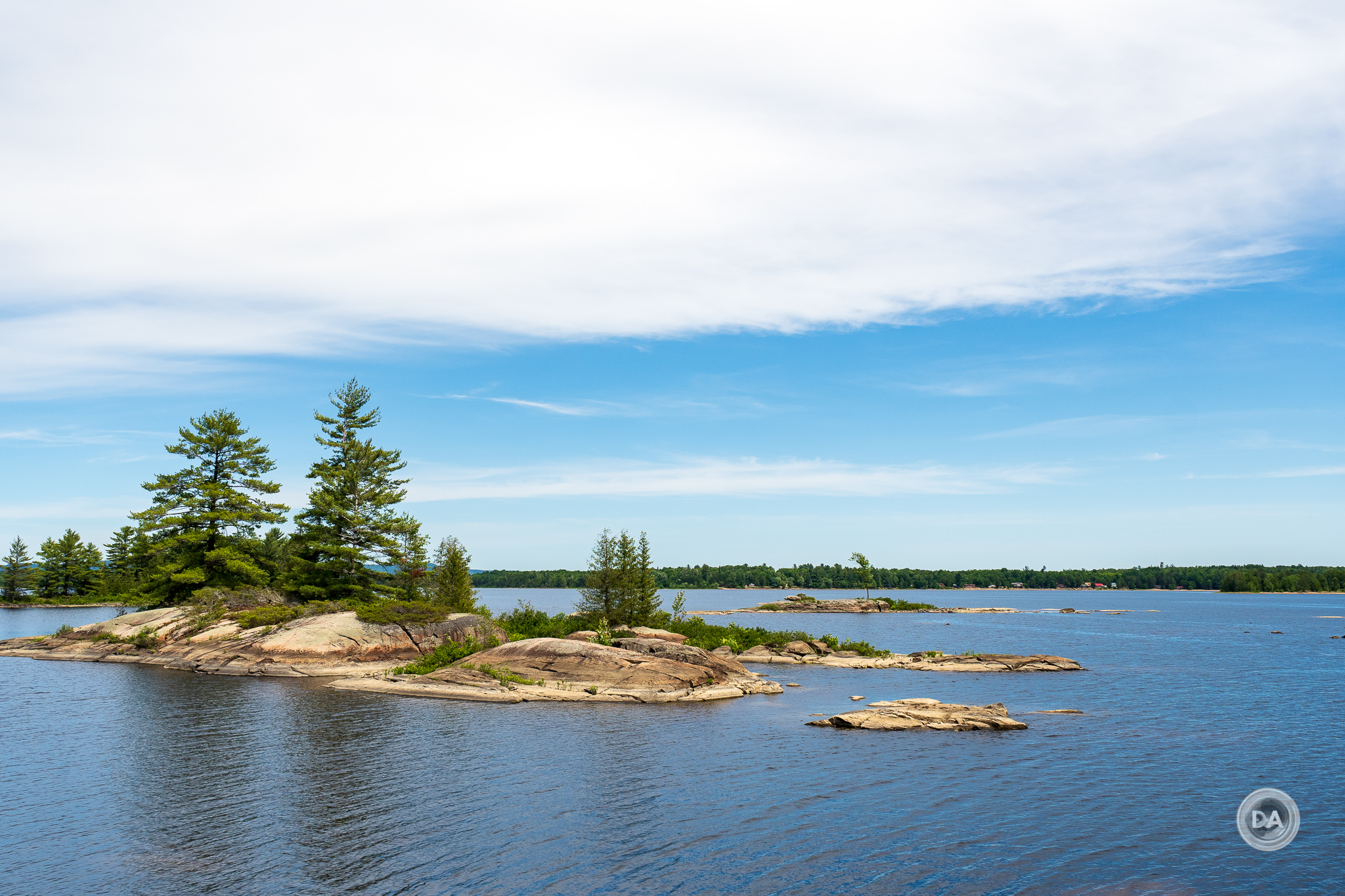
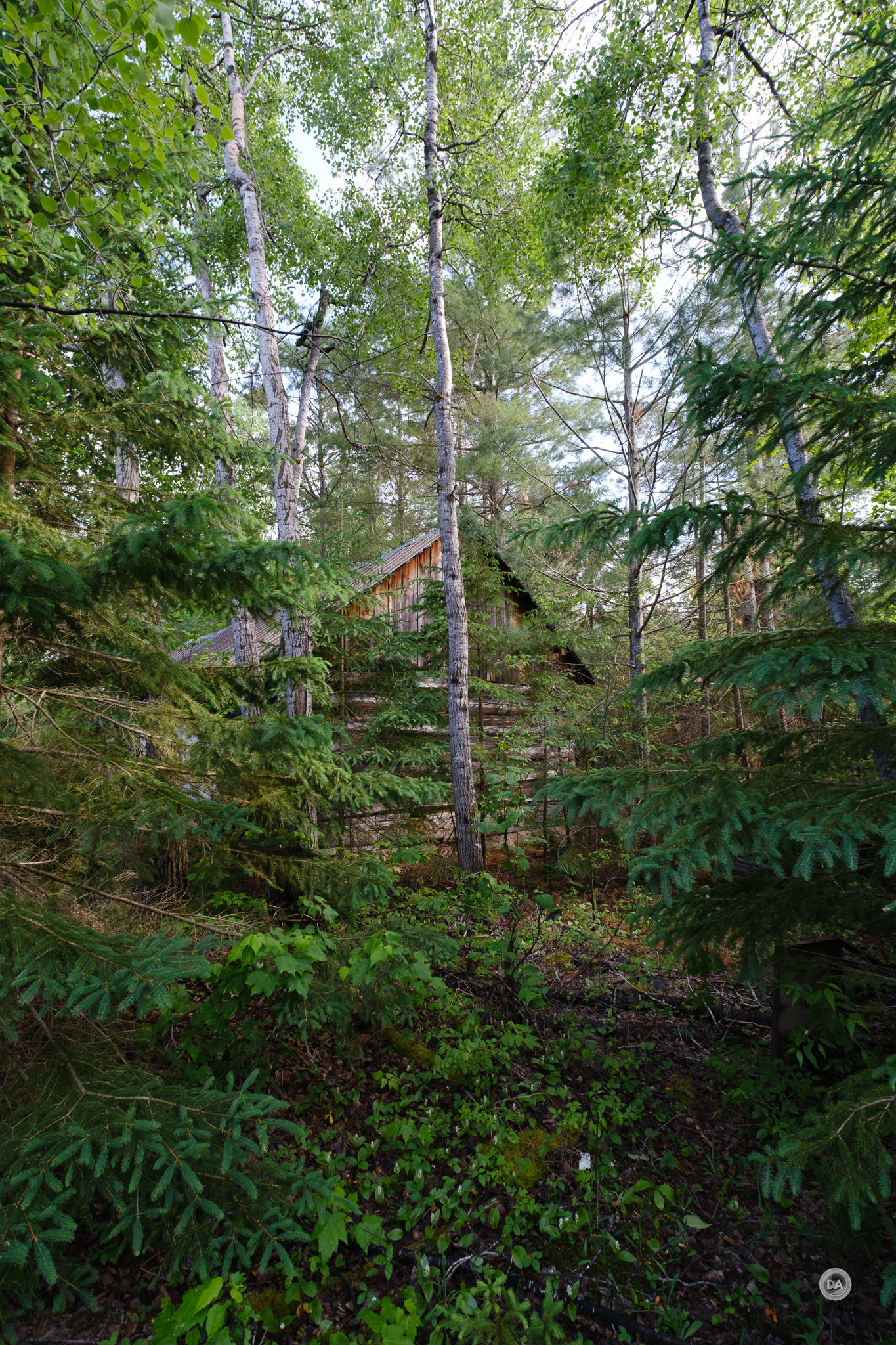

 Nikkor Z 35mm F1.2 S Review
Nikkor Z 35mm F1.2 S Review  Kase AF 85mm F1.4 Review
Kase AF 85mm F1.4 Review  Fujifilm X-Half Review
Fujifilm X-Half Review  Nikkor Z 35mm F1.8 S Gallery
Nikkor Z 35mm F1.8 S Gallery 


